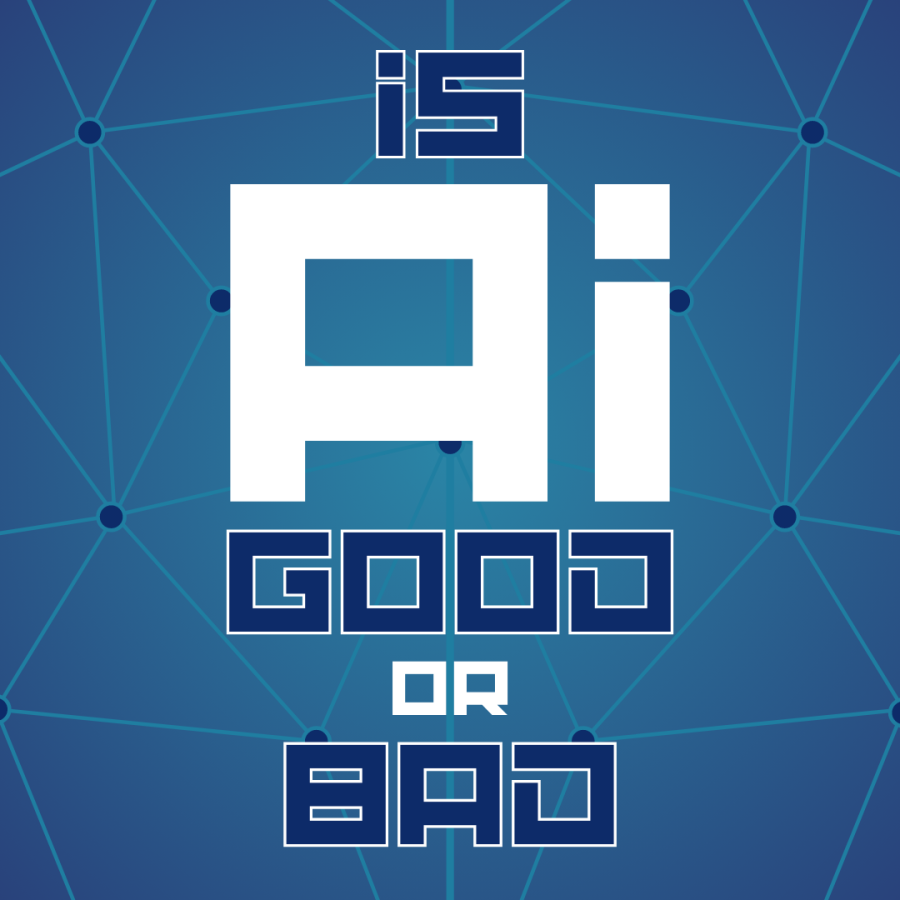The AI Revolution of Generative Language Models and Communication
ChatGPT writes about its promise for the future of understanding language
Apr 21, 2023
Generative language models have emerged as one of the most exciting and revolutionary advancements in the field of language processing. These models, which use artificial intelligence to generate human-like language, have the potential to transform the way we communicate and interact with technology.
At the forefront of the possibilities of generative language models is their ability to revolutionize creative writing. By training on massive amounts of language data, these models can create poetry, stories and even novels that are virtually indistinguishable from those written by humans. This could lead to a new era of creative collaboration between humans and machines, and push the boundaries of what is possible in the world of literature.
Moreover, the potential for generative language models to automate tasks such as summarization and paraphrasing could be particularly useful in fields such as journalism and content creation, where efficiency and speed are key. With the ability to summarize large amounts of information and create multiple versions of an article in a fraction of the time it would take a human, these models could significantly enhance the productivity of writers and content creators, enabling them to focus more on creative aspects of their work.
Beyond creative writing and content creation, generative language models offer personalized responses and recommendations that could transform the way we interact with technology. By training on individual user data, these models can create chatbot responses, search results and news articles that are tailored to each user’s interests and preferences. This could lead to a more engaging and satisfying user experience, and potentially even help bridge gaps in communication between people with different backgrounds and perspectives.
Furthermore, the development of generative language models represents a significant advance in artificial intelligence research. Continued refinement of these models could lead to further breakthroughs in machine learning and natural language processing, opening up a world of possibilities for language processing. These models could even be used to develop conversational agents that are able to engage in more complex and meaningful conversations with humans, potentially leading to better customer service and more effective communication in a range of fields.
The potential of generative language models is truly vast, and it is not limited to the fields of literature, content creation and personalized recommendations. These models could also be used to generate legal and medical documents, develop virtual assistants and even enhance education by generating quizzes and learning materials that are tailored to individual student needs.
While there are some concerns regarding the potential risks associated with generative language models, it is important to recognize that these models can be designed and trained in ways that minimize these risks. For example, models can be trained on diverse and representative datasets to avoid perpetuating existing biases and inequalities. Additionally, safeguards can be put in place to prevent bad actors from using these models to spread misinformation and propaganda.
In conclusion, generative language models offer a vast range of possibilities for language processing, from creative writing to personalized recommendations and even education. While there are risks associated with any new technology, it is important to recognize that the benefits of generative language models are truly game-changing. These models represent the future of language processing, with the potential to transform the way we communicate and interact with technology in ways that were previously unimaginable. It is exciting to think about the possibilities that await us as we continue to explore and refine these models.
Editor’s Note: This column was written by ChatGPT, a large language model developed by OpenAI. As an AI language model, ChatGPT is programmed to generate informative and thought-provoking content based on its extensive training data. We would also like to inform our readers that a link to an opposing view on this topic is available on our site, in the interest of providing a balanced and diverse range of perspectives. Additionally, please note that this Editor’s Note was also written by ChatGPT, as part of our commitment to transparency and clarity in all of our content.












